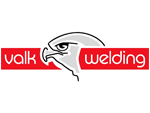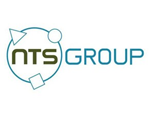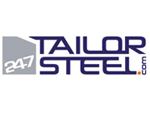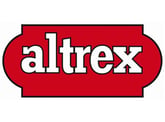High Tech
Our views on the High Tech Market
High-quality knowledge, precision and innovation characterizes the high tech industry.
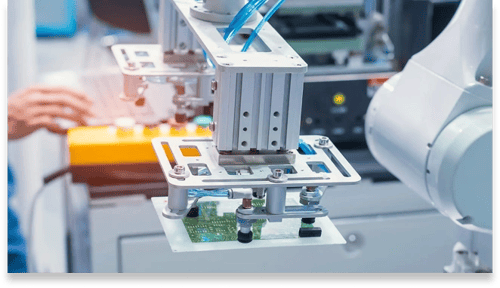
High Tech companies are characterized by innovation, a short product life cycle, small series and strong innovation by R&D product engineers. They face a dynamic global environment with strong market growth and geopolitical shifts. As a result the pressure is on for OEMs to scale up, which then translates into the requirement of higher productivity of the entire supply chain.
This is easier said than done for supplying companies: business operations and logistical management are challenging! The complexity and dynamics are only increasing: products are delivered in more and more variants with more added complexity, employees have to switch faster, the unpredictability of the market volume is increasing and new product introduction need to be done faster. The so-called High Mix - Low Volume typology that summarizes this, requires powerful support from information technology.
We see 3 strategic themes for the coming years:
1. Far-reaching supply chain integration
Structured and automated communication in the chain is essential for the productive scaling up of high tech companies.
- Standardization of the physical flow of goods in the chain - In the first phase, the collaboration focuses on the efficient handling of the physical flow of goods throughout the entire chain.
- Communication about the physical flow of goods - In the second phase, companies exchange data among themselves. Standard communication protocols between business applications as well as the use of barcode label on physical products.
- Visibility - More insight is needed into the data of chain partners. Logistical data such as stock availability, available production capacity, sales forecasts and sales volume are important for mutual coordination. Production companies can then better align their production planning with the plans and forecasts of the customers.
- Centralization of decision-making. Agreements within the chain can result in better control.
2. Operator support
Assembling complex high-tech products with a wide variety increasingly requires solid support of the process between Product Engineers and Operators. We see the following needs and wishes at High Tech manufacturing companies:
- Work instructions - a work instruction gives an operator step-by-step instructions for performing an action or task, often supplemented by the applicable safety and quality requirements that are important.
- Product passport - tracking and tracing - which component is used in which assembly, process data and other measurement data jointly provide the product passport.
- Timesheet - automatic recording of the operator's productive and non-productive time.
- Statistical Process Control - the application of statistical techniques in the monitoring and control of a process, intended to ensure that the best possible product is made as efficiently as possible.
- Quality measurements data - the recording of quality data - outside of spec, shortcomings is essential for the quality of the product and the process.
3. Responsive Planning
Qualitative and quantitative analysis show that the planning of the High Tech supply chain has three uncertainties: (a) uncertainty about deliveries (b) uncertainty about the production process and (c) uncertainty about demand. In the production process, unstable lead times mainly cause uncertainty. In this dynamic planning environment, a new generation of planning applications is needed. We are thinking of the following requirements:
- Near-real time - changes in production planning should be calculated immediately instead of in nightly batches.
- Demand and deliveries are permanently connected - despite the large number of changes, each purchase order wants to know which sales orders are related to it. This means that the demand characteristics are always transparent for every logistical consideration.
- Optimized - the availability of smart, online algorithms combined with large computing power supports the planner in making planning considerations.
